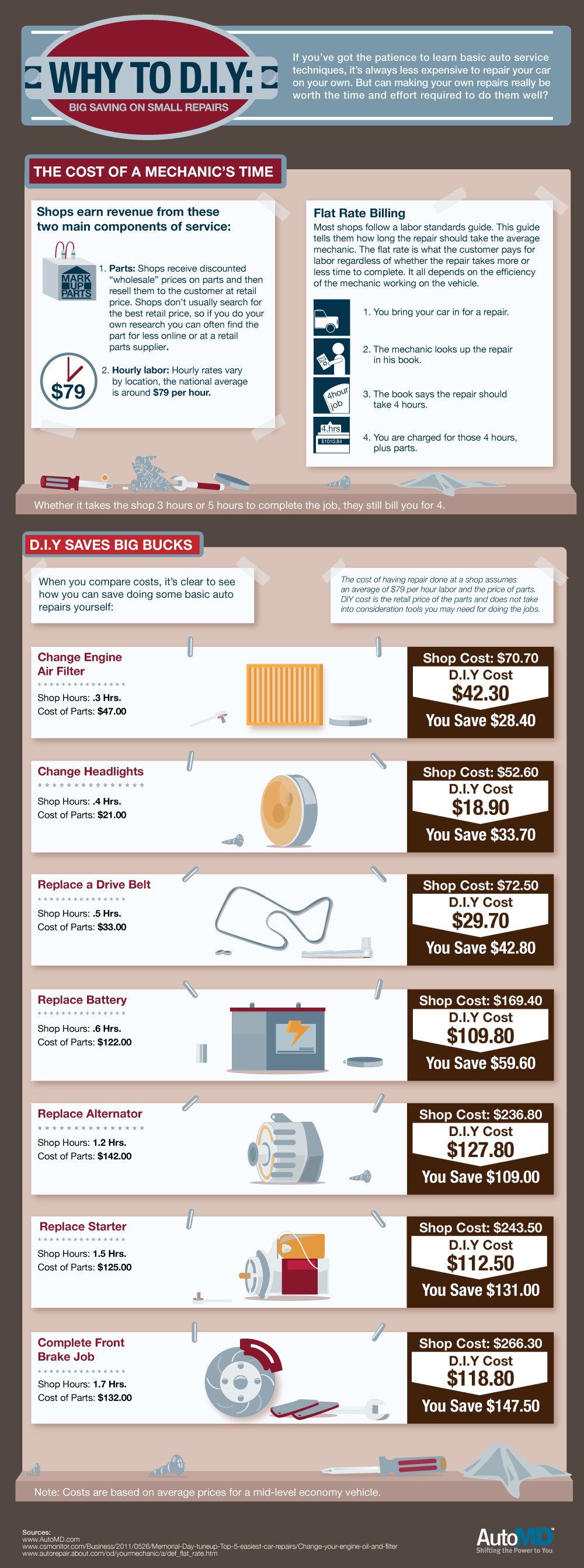When you're behind the wheel, those radiant warning lights on your dashboard can be a little bit perplexing. Do Click Webpage understand what they're trying to inform you about your auto's health? Understanding the importance of these lights is vital for your security and the longevity of your vehicle. So, the next time one of those lights turns up, would not you want to analyze its message accurately and take the necessary steps to address it?
Common Caution Lights and Interpretations
Identify usual warning lights in your cars and truck and comprehend their meanings to make sure risk-free driving.
The most normal warning lights include the check engine light, which signals issues with the engine or exhausts system. If this light begins, it's critical to have your car inspected without delay.
The oil stress alerting light indicates reduced oil pressure, needing instant attention to stop engine damage.
A flashing battery light could suggest a defective billing system, potentially leaving you stranded otherwise dealt with.
The tire pressure tracking system (TPMS) light alerts you to low tire pressure, influencing automobile security and fuel effectiveness. Neglecting this might bring about risky driving conditions.
The abdominal muscle light indicates an issue with the anti-lock stopping system, jeopardizing your capacity to stop rapidly in emergencies.
Last but not least, the coolant temperature advising light warns of engine getting too hot, which can cause extreme damage if not settled quickly.
Understanding these common caution lights will assist you attend to concerns immediately and keep safe driving conditions.
Significance of Prompt Attention
Comprehending the common warning lights in your cars and truck is just the primary step; the value of immediately addressing these cautions can not be highlighted sufficient to ensure your safety and security when traveling.
When a warning light illuminates on your control panel, it's your vehicle's method of communicating a potential concern that needs focus. Neglecting these warnings can bring about more serious troubles later on, jeopardizing your security and possibly costing you much more in repairs.
Trigger attention to cautioning lights can protect against failures and crashes. As an example, a blinking check engine light can suggest a misfire that, if left neglected, can trigger damage to the catalytic converter. Resolving this without delay can save you from an expensive repair work.
In carvaletbotany , a brake system advising light may indicate low brake fluid or used brake pads, important elements for your safety and security when driving.
DIY Troubleshooting Tips
If you observe a caution light on your control panel, there are a few do it yourself fixing ideas you can try before looking for specialist help.
https://raymondnjcxr.blog-a-story.com/10088795/the-makeover-of-car-outlining-practices-over-the-last-ten-years is to consult your car's guidebook to recognize what the particular caution light shows. Often the concern can be as simple as a loose gas cap activating the check engine light. Tightening the gas cap may deal with the problem.
An additional usual concern is a reduced battery, which can activate different advising lights. Examining the battery connections for corrosion and guaranteeing they're safe and secure may take care of the problem.
If a caution light persists, you can attempt resetting it by separating the vehicle's battery for a few minutes and then reconnecting it. In addition, checking your vehicle's fluid degrees, such as oil, coolant, and brake liquid, can assist repair alerting lights related to these systems.
Conclusion
Finally, comprehending your vehicle's warning lights is important for maintaining your lorry running smoothly and securely. By without https://www.wbbjtv.com/2022/07/19/local-shop-shares-tips-on-caring-for-your-car-in-excessive-heat/ dealing with these notifies and recognizing what they mean, you can stay clear of expensive repairs and potential failures.
Keep in mind to consult your car's handbook for specific details on each cautioning light and act appropriately to ensure a hassle-free driving experience.
Stay informed, stay risk-free when traveling!
